May 25, 2025 | 13:07 GMT +7
May 25, 2025 | 13:07 GMT +7
Hotline: 0913.378.918
May 25, 2025 | 13:07 GMT +7
Hotline: 0913.378.918
Vietnam has implemented numerous policies that promote marine aquaculture strategies, as per Assoc. Prof. Dr. Vo Van Nha, Director of the Research Institute for Aquaculture No. III. The next phase involves prioritizing technology investments. Despite the fact that Vietnam entered the field later than many other countries, this presents an opportunity to adapt global best practices to local conditions and learn from them. Vietnam can create and improve its own advanced aquaculture systems by utilizing already-existing international knowledge.
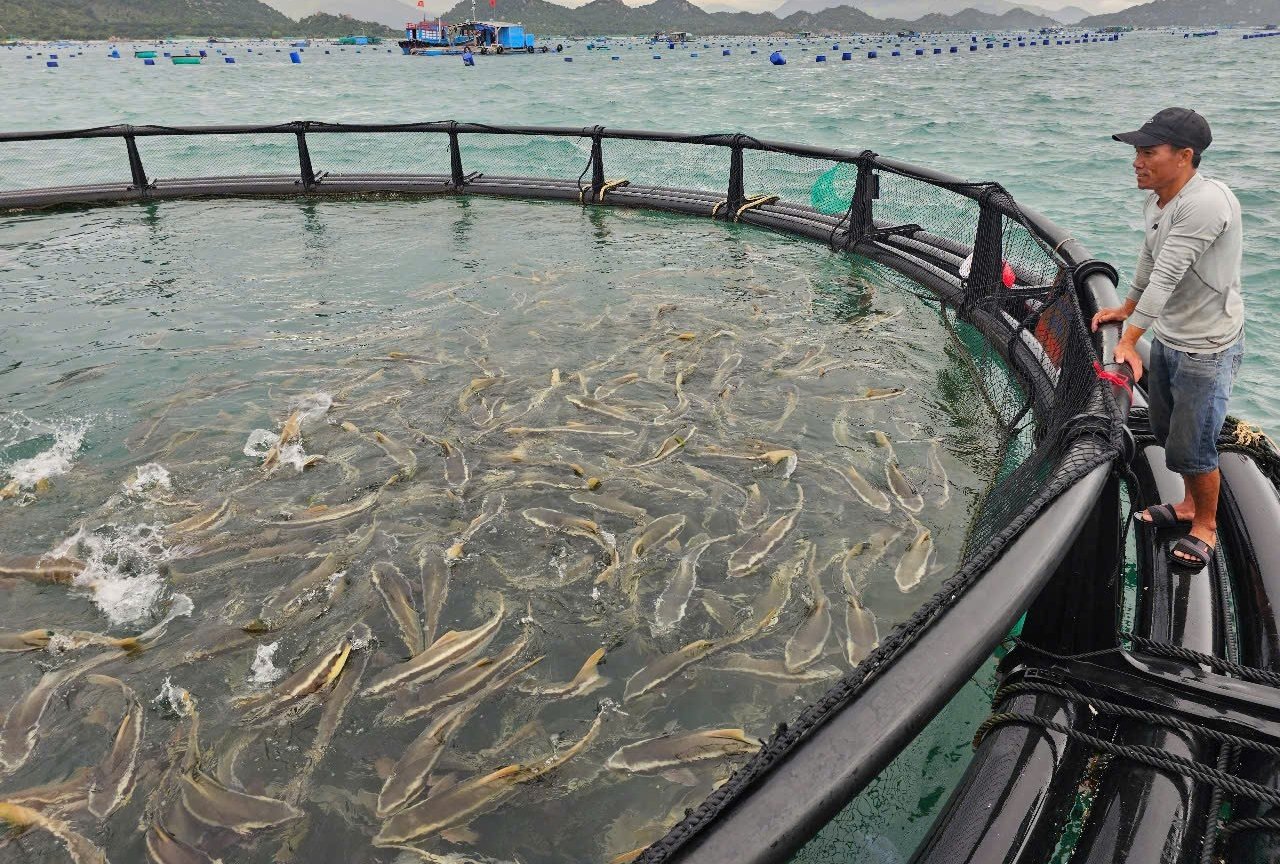
The model of raising cobia using HDPE cages in the open sea in Khanh Hoa province brings outstanding efficiency. Photo: KS.
In addition to the South Central Coast, provinces such as Quang Ninh and Kien Giang have also initiated the promotion of offshore aquaculture by providing incentives to businesses and fishermen who adopt high-tech methods. These pilot models are serving as the cornerstone for more extensive advanced mariculture initiatives.
After only one year, the initial phase of the high-tech offshore farming model in Cam Lap commune (Cam Ranh City) in Khanh Hoa province has already produced positive results. The site visits revealed that the fish and shrimp populations were flourishing, with minimal disease issues. This is a significant improvement over nearshore farming, where water circulation is poorer and disease outbreaks are more frequent.
Phan Van Thanh and Nguyen Van Cu, local farmers, have successfully raised cobia in HDPE circular cages with a diameter of 13 meters and a volume of 800 m³, resulting in a 97% survival rate. The fish are ideal for the market due to their bright brown appearance, swift growth, and overall health. Thanh observed that the farming of nearshore in the past was characterized by slow growth and disease, as well as severe losses during the freshwater influx from rainstorms, due to the poor water quality and dense cage placement.
Relocating offshore has significantly mitigated these obstacles. The HDPE enclosures are sturdy and storm-resistant, while the deeper, cleaner, and better-circulating offshore waters enhance fish health and growth. At harvest, each 800 m³ cage contains 2,000 cobia, resulting in a harvest of more than 10 tonnes. With prices spanning from VND 160,000 to 170,000 per kg, farmers earn around VND 600 million in profit per cage.
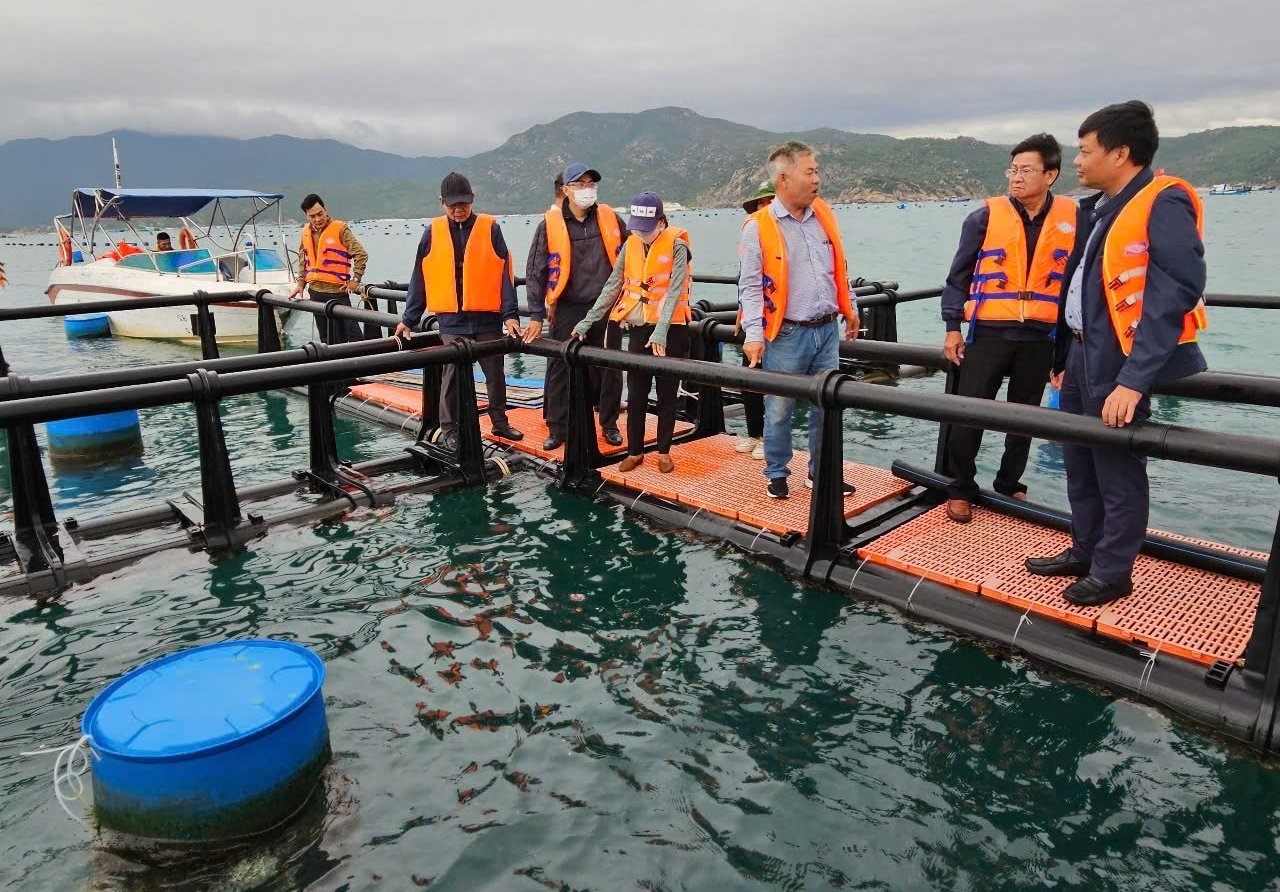
Square HDPE cage cluster for lobster farming in the open sea area of Cam Lap commune, Cam Ranh city. Photo: KS.
In addition to cobia, green lobster farming using HDPE floating rafts, comprising clusters of six 24 m³ cages, each with two suspended tiers, has also proved effective in offshore environments. The model was developed by the Research Institute for Aquaculture No. III based on practical field experience and regional requirements. It aligns with traditional practices while optimising space and maintaining or enhancing yields compared to conventional methods.
Farmer Nguyen Van Tho, who raises crustaceans in HDPE cages, reported that the system’s durability ensures safe offshore farming. With well-ventilated, pure water and compact cage designs, lobsters grow well and reach market size one to two months earlier than usual, reducing feed costs and increasing profitability. Survival rates have exceeded 76%.
In mid-June 2024, Khanh Hoa’s provincial authorities held a ceremony to review the results of the pilot project in Cam Lap. Officials from the Ministry of Agriculture and Environment were in attendance. The provincial Department of Agriculture and Environment reported that all HDPE cage models generated substantially higher profits than traditional wooden cages: cobia farming showed an average profit margin of 172%, lobster 112%, and grouper over 131%.
Beyond profitability, the pilot also demonstrated the model’s broader potential—encouraging a shift in production methods toward environmental sustainability, disaster and disease risk mitigation, and even integration with eco-tourism.
Provincial leaders indicated strong support for expanding high-tech mariculture, highlighting its efficiency in water use, sustainability, and its potential to modernise aquaculture management through advanced technologies.

Farmers and authorities assessed that the pilot model of high-tech marine farming brings many benefits and needs to be replicated. Photo: KS.
The Ministry of Agriculture and Environment praised Khanh Hoa for pioneering this effort and confirmed that high-tech cages deliver higher survival rates, growth, and yields than traditional wooden cages. To build on these results, the ministry has instructed aquaculture research institutes to focus on developing high-quality broodstock and nutritious feed. They also called for local feed manufacturing facilities to reduce environmental impact and lower production costs, thereby enhancing product quality and competitiveness.
Khanh Hoa approved a proposal to expand high-tech offshore mariculture to 240 hectares by 2029, with a total investment of over VND 545 billion, following the pilot's success in October 2024. The initiative will replace conventional cages with HDPE structures.
Concurrently, the provincial capital of Phu Yen has established its own long-term marine aquaculture vision in Plan No. 126/KH-UBND. This plan aims to speed up development through 2030 and provide a more comprehensive perspective through 2045. Phu Yen's objective is to expand offshore mariculture beyond 6 nautical miles in four coastal districts by 2030, resulting in a total agricultural area of 3,650 hectares and an annual production of approximately 30,000 tonnes of seafood. All facilities will employ weather-resistant materials that are appropriate for each species. In offshore lobster aquaculture, at least 50% of conventional cages will be replaced with HDPE, and 30% of the feed will be industrial feed.
Phu Yen aims to transform mariculture into a primary economic sector by 2040, employing advanced technology and making a significant contribution to the province's growth.
Dr. Vo Van Nha concluded that "South Central provinces and other regions throughout Vietnam have implemented numerous advanced mariculture models." Both farmers and enterprises have demonstrated substantial interest in these models. We anticipate their widespread adoption in the near future.
*USD 1 = VND 25,740 (Source: Vietcombank)
Translated by Linh Linh
![Advanced mariculture – an inevitable trend: [1] Moving offshore](https://t.ex-cdn.com/nongnghiepmoitruong.vn/608w/files/phucpm/2025/05/18/0252-2436-nuoi-bien-6-162148_783.jpg)
(VAN) Mariculture using advanced technology and moving offshore is an inevitable trend, as nearshore areas increasingly reveal limitations.
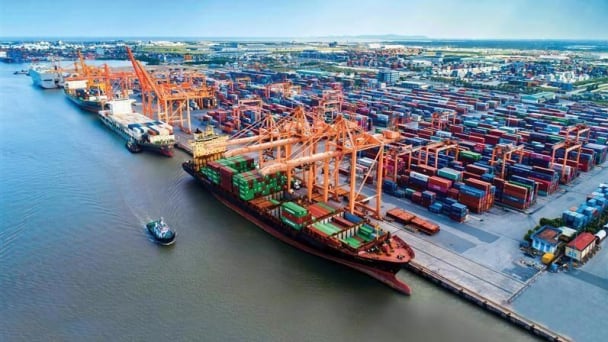
(VAN) South Korea is currently the second-largest investor in Hai Phong in terms of the number of projects (186 projects) and the largest in terms of total registered investment capital, reaching USD 14.2 billion.
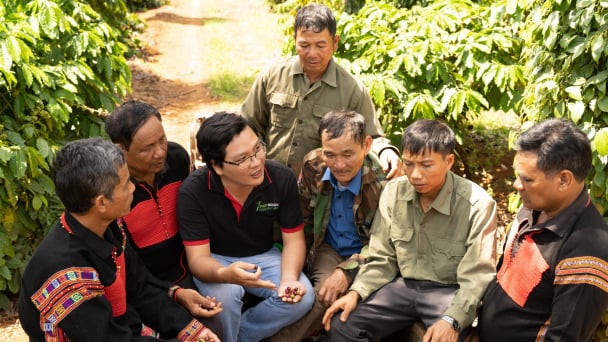
(VAN) As consumers become more environmentally conscious, legal regulations grow increasingly stringent...
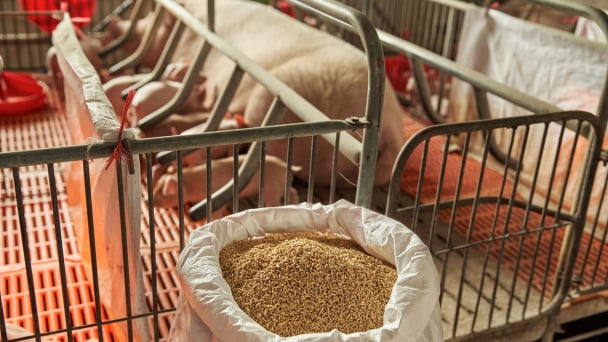
(VAN) CJ Feed&Care officially launched the FCR improvement campaign called “2025 Find Challenge Reach” in April 2025. In Vietnam, this campaign is implemented by CJ Vina Agri.
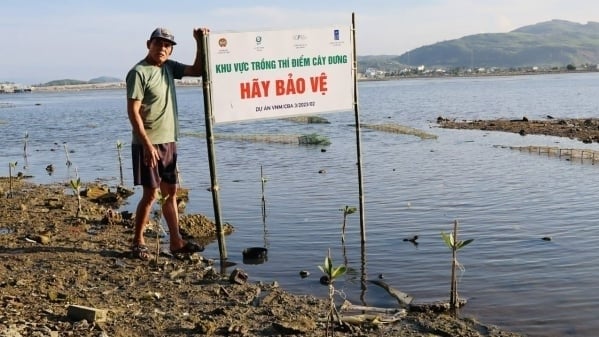
(VAN) The swamp in Pho Thanh is gradually being covered with red mangrove, creating a favorable environment for producing clean, high-quality salt.
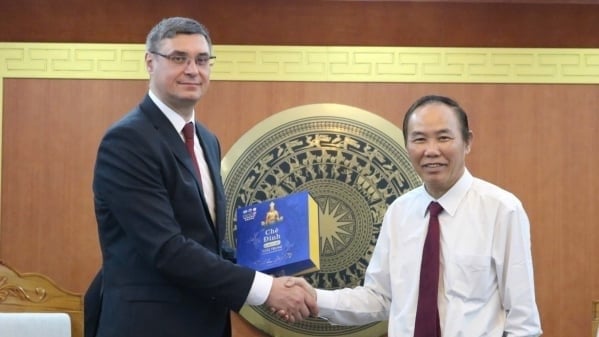
(VAN) The trade turnover of agro-forestry-fishery products is growing significantly, along with investment cooperation commitments that are opening up new development directions between Vietnam and Russia.